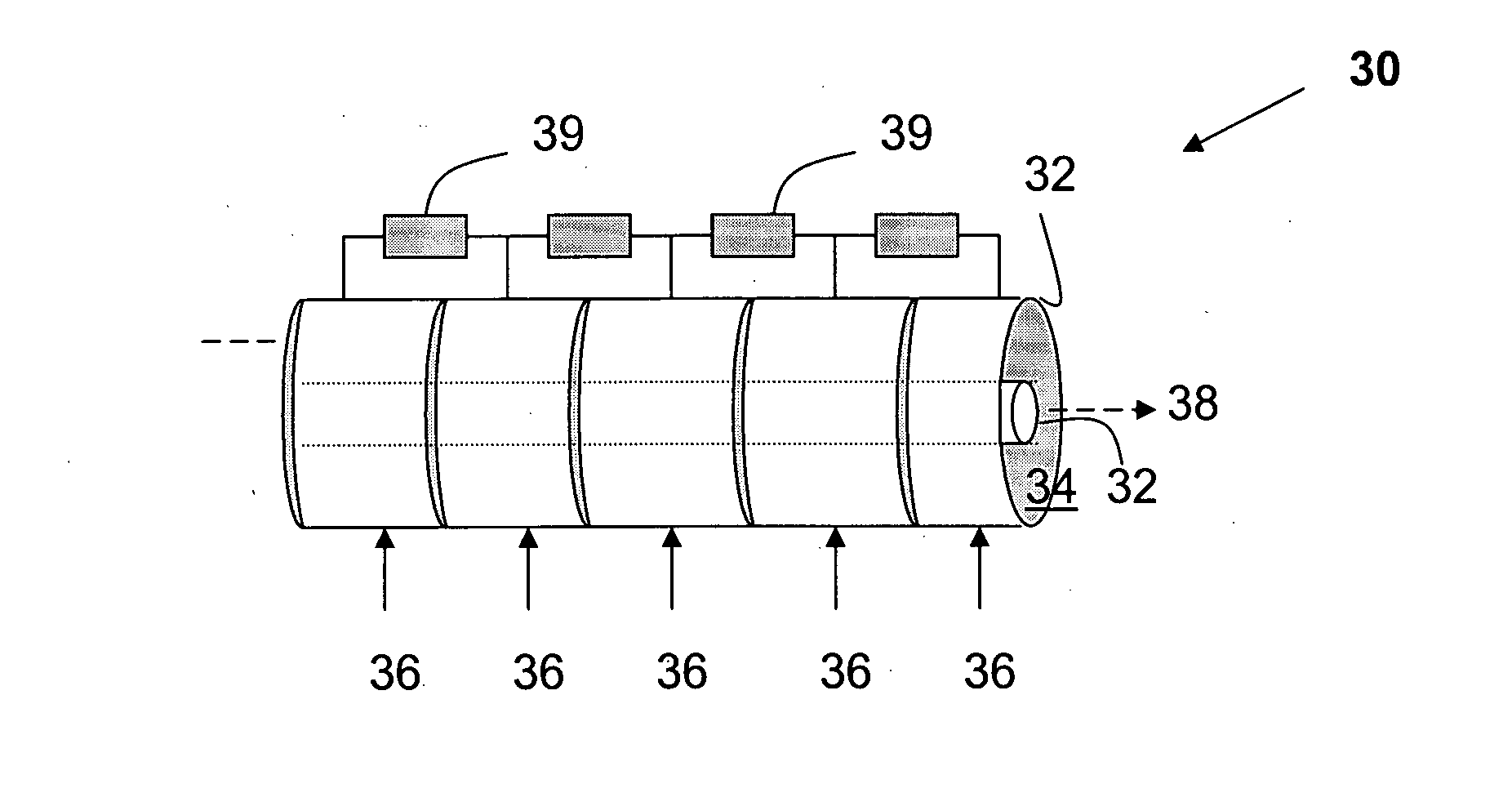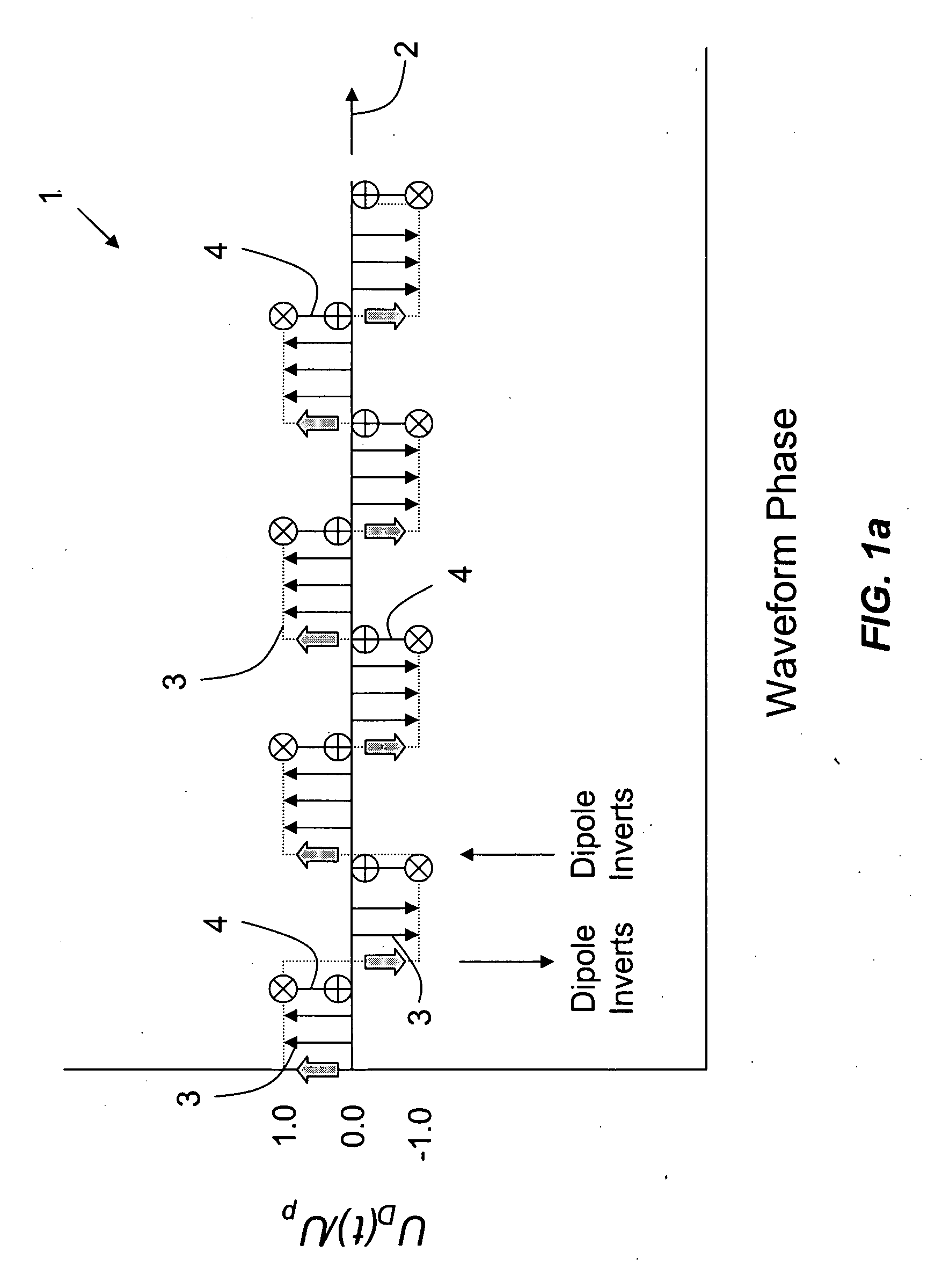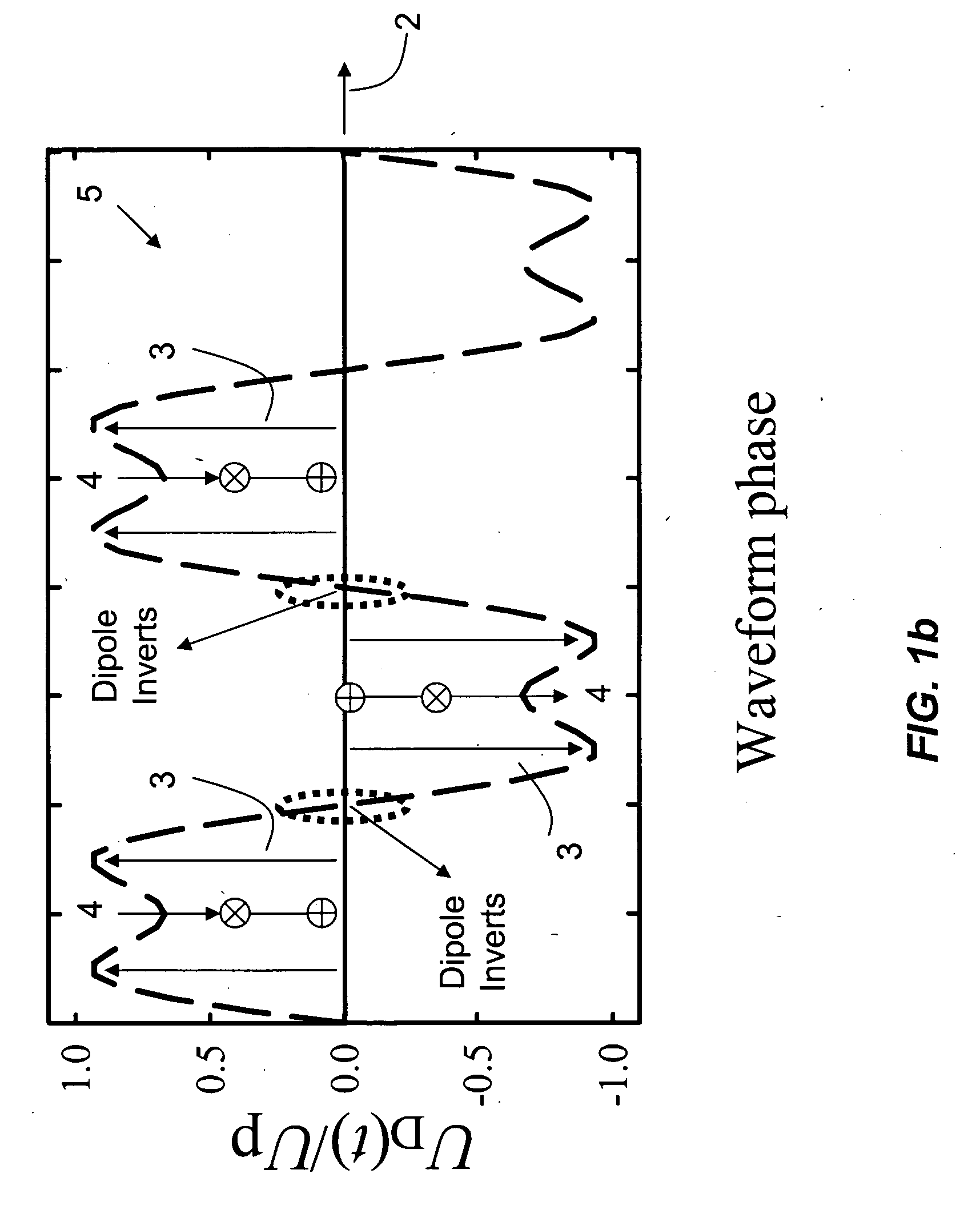Method and apparatus for ion mobility spectrometry with alignment of dipole direction (IMS-ADD)
a technology of ion mobility spectrometry and dipole direction, which is applied in the direction of mass spectrometers, instruments, separation processes, etc., can solve the problems of insufficient inability to solve each protein structure in a large amount of time, and inability to fully characterize the specificity of measured cross sections, etc., to achieve low ion loss, wide application range, and high sensitivity
- Summary
- Abstract
- Description
- Claims
- Application Information
AI Technical Summary
Benefits of technology
Problems solved by technology
Method used
Image
Examples
Embodiment Construction
[0031] While the present disclosure is exemplified by specific embodiments, it should be understood that the invention is not limited thereto, and variations in form and detail may be made without departing from the spirit and scope of the invention. All such modifications as would be envisioned by those of skill in the art are hereby incorporated.
[0032] The present invention employs the separation and identification of ions based on their mobility in gases, wherein the spatial orientation of analyte ions relative to the drift vector is specific, yielding Ion Mobility Spectrometry with Alignment of the Dipole Direction (IMS-ADD). In IMS-ADD, analyte ions are not free to rotate during separation, but are substantially oriented (“aligned”) with respect to the drift direction. Desired orientations of the total molecular dipole along a particular alignment axis (disposed at a particular angle β relative to the drift field, for example but not necessarily β=90°) are achieved using a str...
PUM
 Login to View More
Login to View More Abstract
Description
Claims
Application Information
 Login to View More
Login to View More - R&D
- Intellectual Property
- Life Sciences
- Materials
- Tech Scout
- Unparalleled Data Quality
- Higher Quality Content
- 60% Fewer Hallucinations
Browse by: Latest US Patents, China's latest patents, Technical Efficacy Thesaurus, Application Domain, Technology Topic, Popular Technical Reports.
© 2025 PatSnap. All rights reserved.Legal|Privacy policy|Modern Slavery Act Transparency Statement|Sitemap|About US| Contact US: help@patsnap.com



